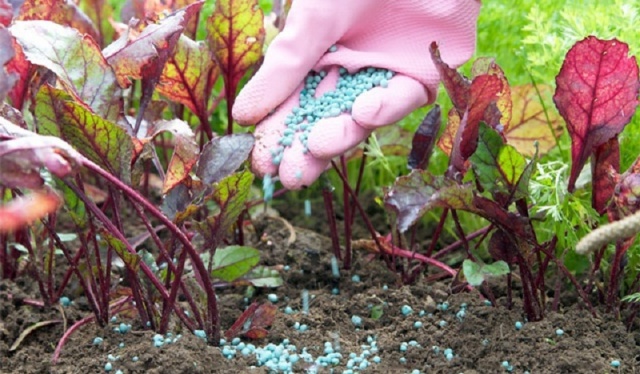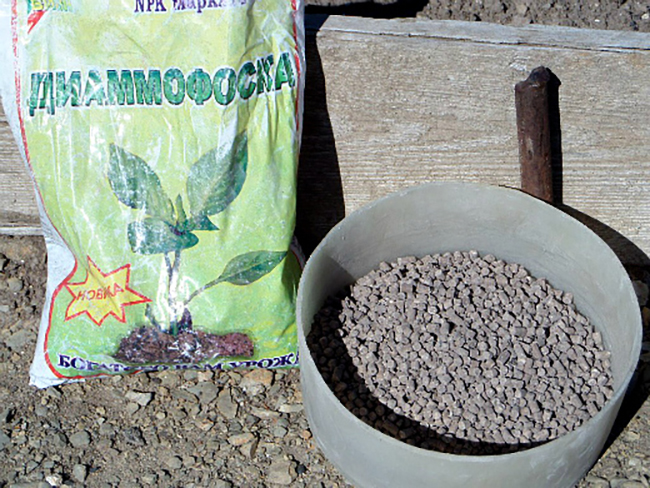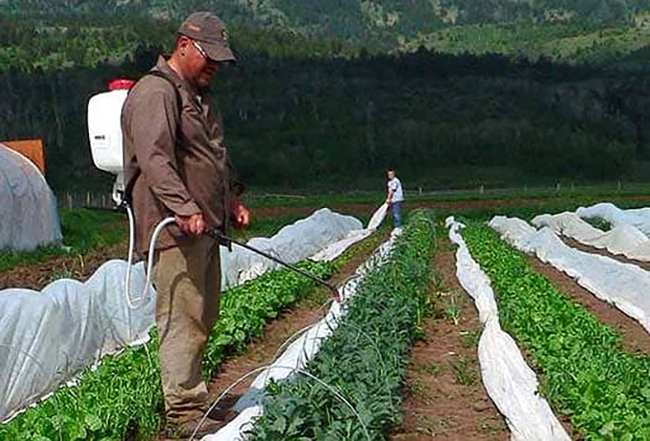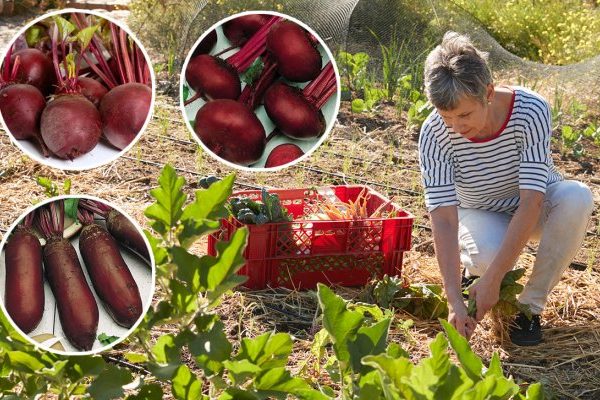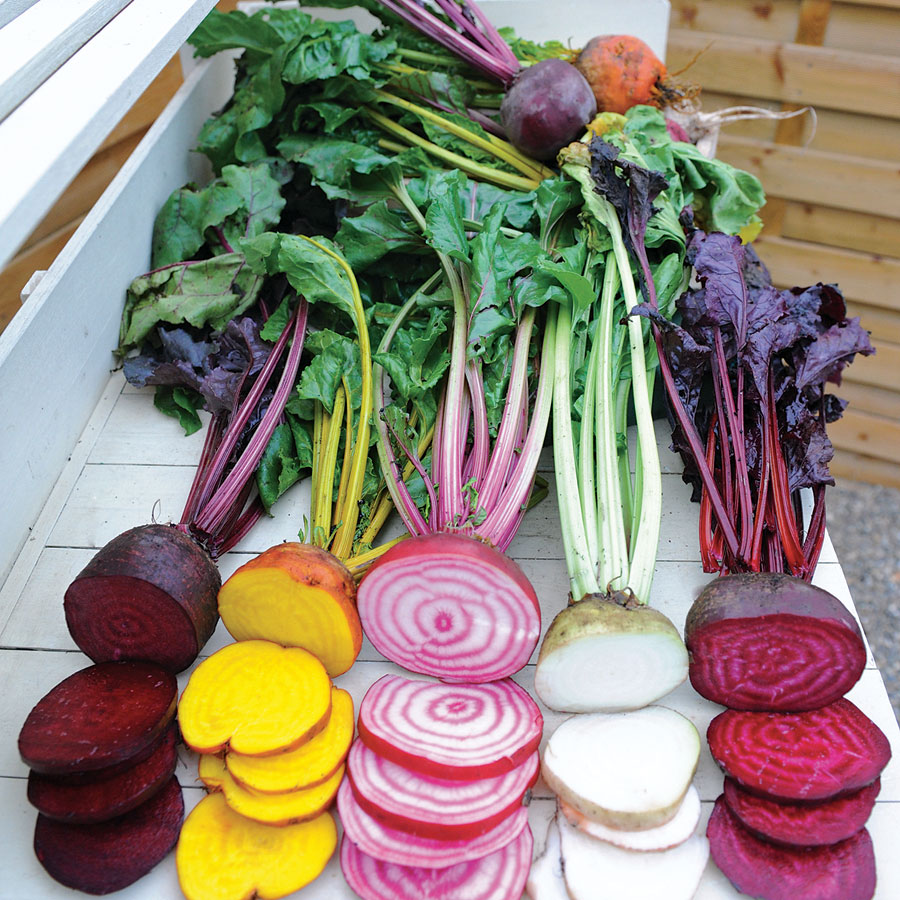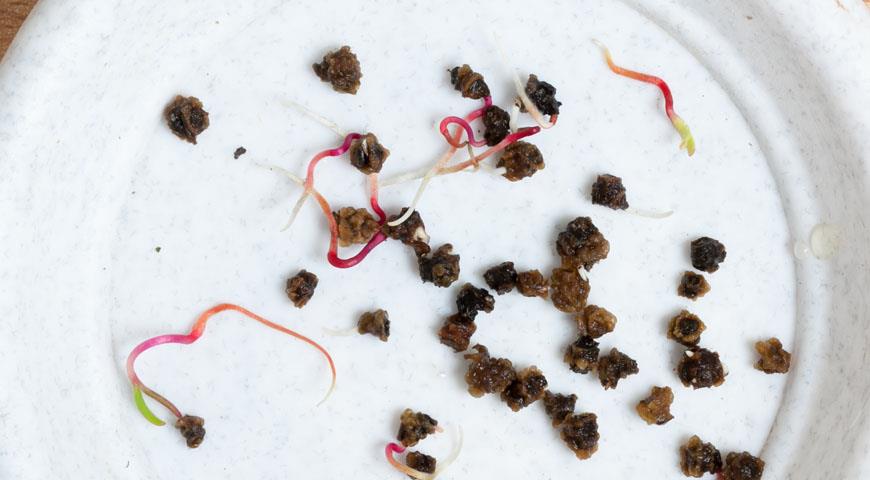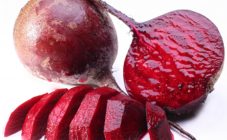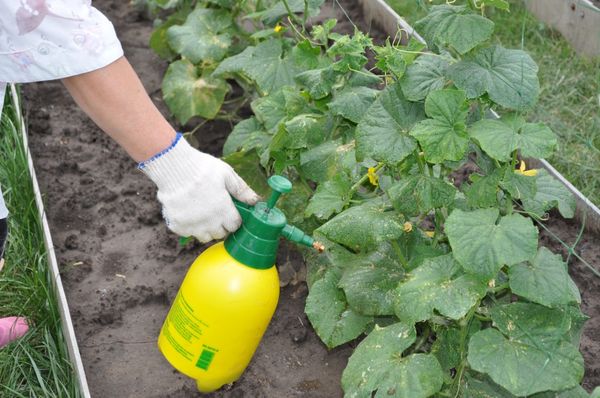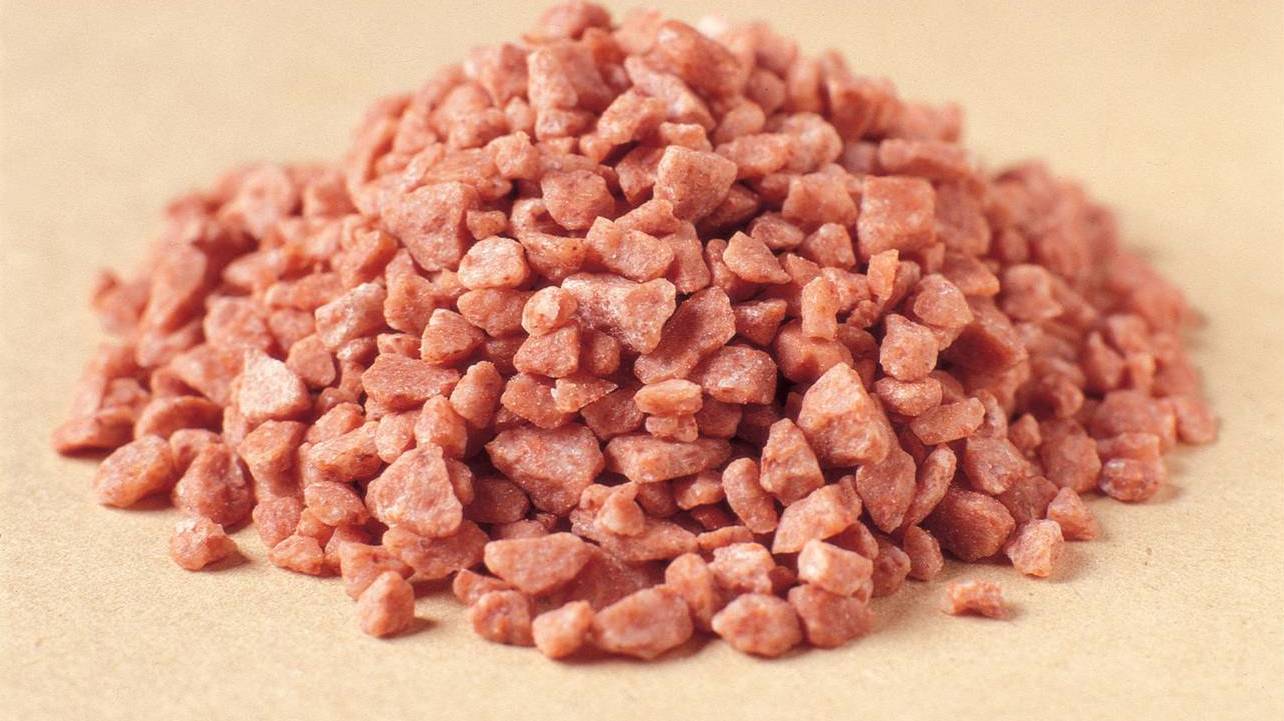Content:
A good harvest of root crops is grown provided that the beets are properly fed in the open field. It is taken into account that at different periods of growth and development, a culture needs certain micro and macro elements. The beetle takes nutrients from organic and mineral fertilizers applied to the ground or by spraying.
Soil nutrient requirements
Beet root crops are successfully grown on loose soil with neutral acidity. Heavy alumina and black soil are diluted with part of the sandy soil to make the soil structure lighter. For this purpose, non-acidic peat is also applied to the bed.
The site for planting beets is chosen the one where eggplants, peppers, and potatoes were grown. The planting of these crops is traditionally carried out on soil rich in organic matter, which is seasoned in the fall. During the year, manure and humus have time to decompose, leaving substances suitable for table root crops. Fresh organic matter, in which there is a lot of nitrogen, will not benefit the beets, it will only cause the rapid growth of the tops. This is valuable information for novice summer residents who often ask questions: do beets like manure, can its seeds be planted on humus, and how to feed beets.
Features of fertilization of beets
The culture takes a long time to mature and requires various nutrients during development. Experienced gardeners will find out what element the plant lacks by its appearance and determine how to fertilize the beets when growing.
Fertilizer needs of beet crops
| Sign | Disadvantage | Elimination |
|---|---|---|
| Yellowing and lethargy of leaves in the first phase of development. New leaves are small | Nitrogen | Top dressing with infusions of mullein, bird droppings |
| Yellowing and dryness of the edges of the leaves, twisting of the leaf blade | Potassium | Potassium sulfate addition |
| Uniformly colored leaves, green or burgundy | Phosphorus | Acidic soils are alkalized. Adding superphosphate in the fall |
| Yellowing of the edges of the leaves | Magnesium | Spraying with magnesium sulfate solution |
| The entire leaf blade turns yellow, there are brown spots, the core rots, growth points dry out | Boron | Foliar dressing with boric acid |
| Leaves turn pale, green veins are visible | Iron, zinc, sodium | The use of complex drugs |
| The leaves are dark, twisted | Calcium | Application of ready-made balanced fertilizers |
No fertilizer is applied to the beets during planting. The procedure is carried out earlier, digging up the site in the spring.
For 1 sq. m spend 20 g each:
- urea or ammonium nitrate;
- ammonium sulfate;
- double superphosphate;
- 30 g of potassium chloride or potassium sulfate.
When to apply top dressing
When planning how to fertilize beets, vegetable growers feed the plants according to the phases of their development. Even if you plant root crops in rich soil, it is recommended to feed the beets 2 times during the growing season. The first top dressing includes preparations with nitrogen for the development of tops and strengthening of the roots. The second - with phosphorus and potassium, is carried out in the summer, when root crops begin to grow and form. The date can be determined by seeing the leaves of neighboring plants close. Stop fertilizing a month before digging up the beets.
Initial feeding options
Choose from the following fertilizers:
- When deciding in June how to quickly feed the beets at the beginning of development, summer residents use solutions of 15 g of sodium or ammonium nitrate or urea together with 15 g of potassium sulfate and superphosphate per 5 liters. This volume is spent on 5 meters of grooves.
- Instead of chemical preparations, a solution of mullein 1: 5 is used. Fluid is poured over the grooves that need to be made between the rows. Any organic matter when irrigated in grooves is consumed by 1 liter of infusion per 1 running meter.
- Also an effective infusion of poultry droppings, which is prepared within 7-10 days: 1.5 kg of the substance is placed in a bucket of water for fermentation. One part of the infusion is diluted in 15 parts of water and watered in the grooves between the rows of beets, which develop 3-4 leaves.
- In the phase of 2 leaves, together with the infusion of green weeds, ordinary table salt is added with an interval of 10 days. In a large container, 2 buckets of chopped green mass are poured into 10 liters of water, covered and infused for 12-14 days. The infusion is diluted in water in a ratio of 1:10, consumed per 1 sq. m bucket of funds.
- Also at this time, a clever way is used than to water the beets to make them sweet. Dissolve 20 g of salt in a bucket of water and water the rows, thus adding the sodium necessary for root crops.
- The lack of this element is the reason for the tasteless table beet. If the soil is rich in sodium, the roots are sweet. That's why beets are watered with salt water 2-3 times during the development period.
Root support
On July they plan how to feed the beets for the growth of root crops, organic matter or minerals:
- A solution of ammonium nitrate and potassium sulfate, a teaspoon per 1 sq. m, scattering the granules into the grooves and then carrying out abundant watering. They also use nitrophoska, nitroammofoska and other mineral complexes.
- Or an infusion of bird droppings, diluted 1:15, in which, in addition to nitrogen, phosphorus and potassium are present.
- August - the time of completion of the formation of root crops, answers the question of whether beets like ash. Chemical potash preparations are undesirable. More often they use homework - wood ash collected after a fire, so that there is something to feed the beets and other plants. Prepare the infusion 1:10. The ash is placed in a container and poured with warm water. Water after cooling the solution.
- The gardener's secret of how to grow sweet beets is to use salt for fertilization. The beginning of August is the time for the second feeding with salt, which can be simply scattered over the garden. For 1 sq. m - 1 tablespoon. Then the area is watered abundantly so that the crystals melt. After the procedure, there will be no bewilderment as to why the beets grow unsweetened.
Foliar dressing
There are advantages to spraying plants with fertilizers. First of all, the agent gets on the leaves and quickly penetrates the vessels. Absorption of the right minerals has a positive effect on development. Such procedures are performed on already forming root crops, the roots of which are easily injured when creating grooves.
- In a liter of water, 1-2 g of boric acid is diluted. The prepared solution is poured into a bucket of water and the beets are processed.
- 1-2 g of potassium permanganate are simultaneously added to this solution. The preparations protect plants from fungi and enrich them with nutrients.
- Urea (carbamide) supports beets with nitrogenous compounds. The drug is poured with warm water: 10 g per 5 liters. It is necessary to insist for half an hour, still crush and pour into a spray bottle.
Fertilization with yeast
A well-known remedy from the piggy bank of folk experience is feeding with yeast, which is carried out three times over the summer after 3 weeks. Dilute 100 g of pressed yeast in 0.5 l of warm water, dissolve the infusion 1:10. Water the grooves at 1 liter per meter.
Fertilizers for beets help to grow a quality crop. Timely introduction of the necessary substances stimulates the development of plants, the correct creation of root crops, the acquisition of varietal properties. Every gardener chooses an affordable, effective top dressing.
